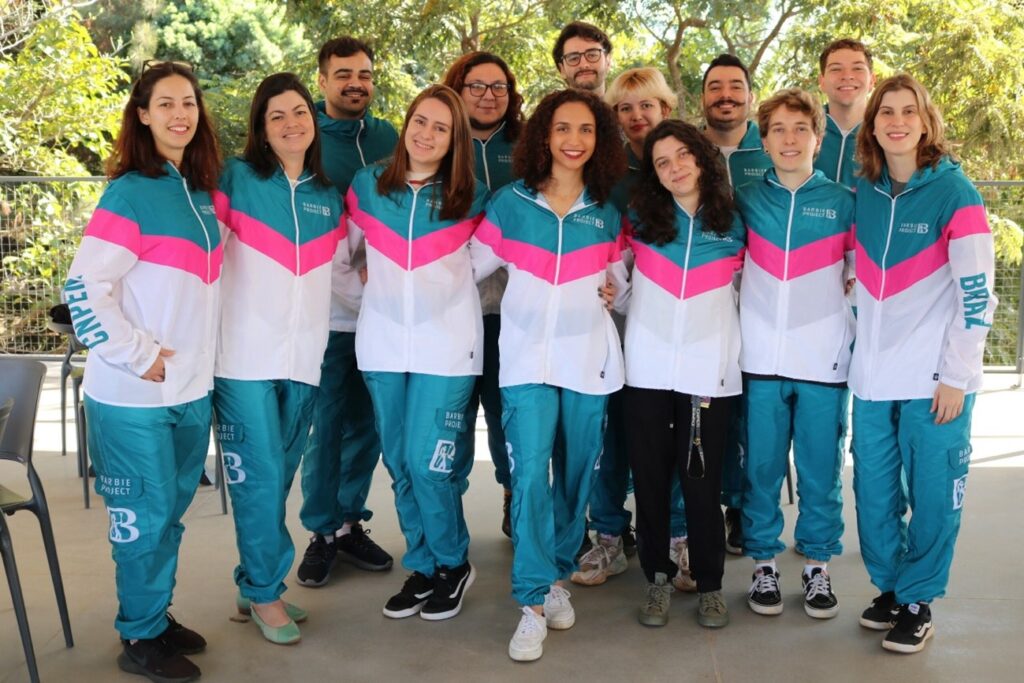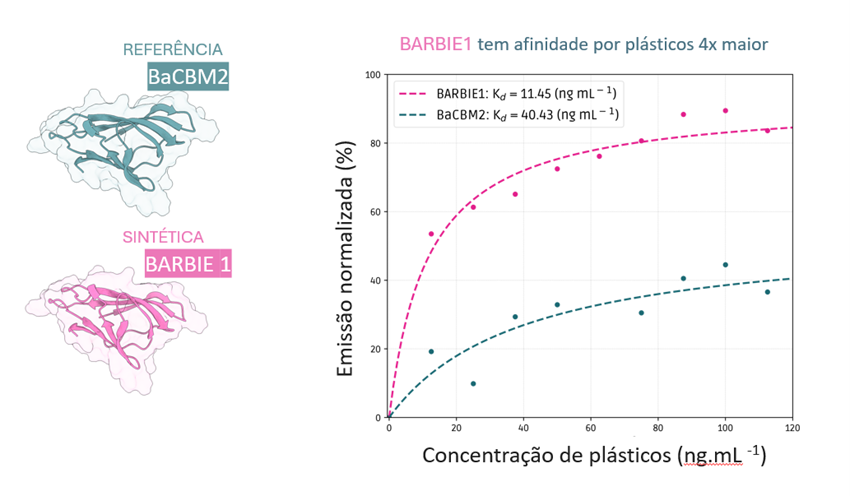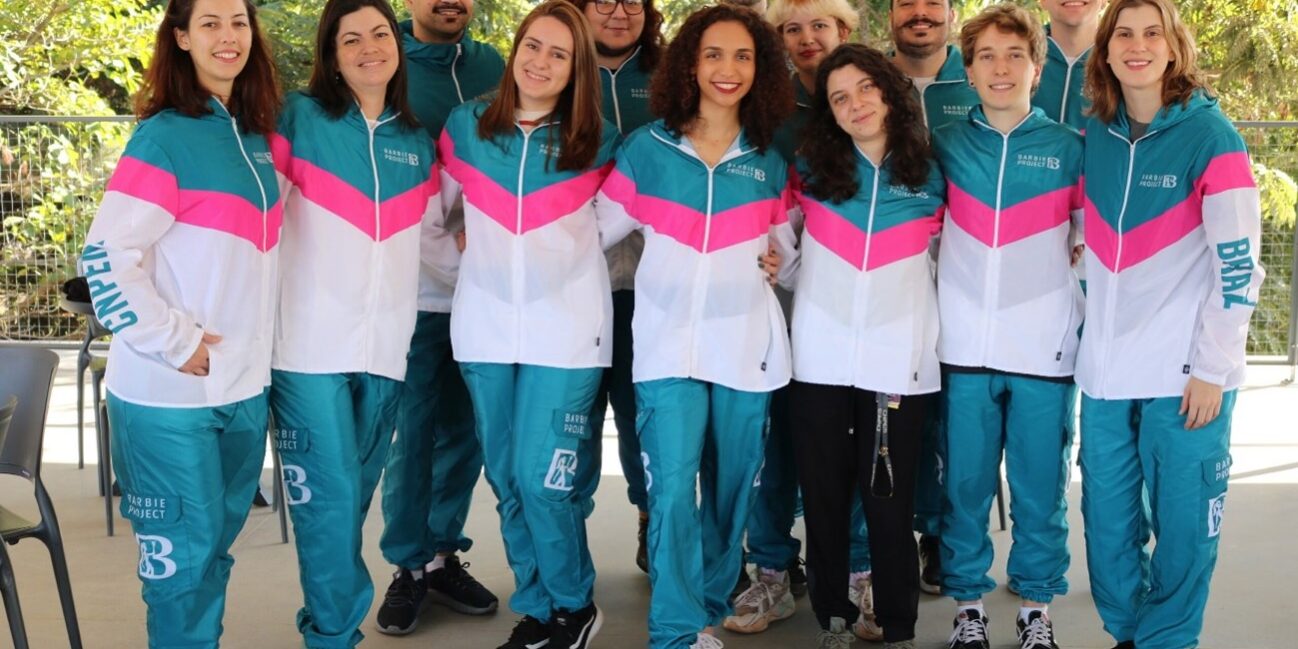Named after the world’s most famous doll, CNPEM team goes to Paris for an international synthetic biology competition
Combining Barbie and microplastics is probably not the first thing to comes to mind as the solution to an environmental problem. But the doll’s name is actually an abbreviation for an ecologically correct and revolutionary filter that detects and eliminates microplastics that contaminate drinking water around the world. Developed by researchers at CNPEM (the Brazilian Center for Research in Energy and Materials), interns, and graduate students as well as pupils enrolled in the Ilum School of Science, this project is called BARBIE 4.0 (Bioengineered Aquatic Pollutants Removal and Biosensing through Integrated Eco-filter).


Project B.A.R.B.I.E. was responsible for the first victory by a Brazilian team in the Latin American iGEM Design League in 2023. This international competition held by the iGEM Foundation challenges multidisciplinary teams to develop innovative solutions in synthetic biology for local, social, and environmental problems. In this stage, the project focused on designing an innovative solution to detect and remove microplastics from water treatment plants at the pre-experimental research phase.
In 2024, B.A.R.B.I.E. 4.0 goes up against microplastics in residential filters. The project consists of an eco-filter containing a biological matrix based on the main protein present in spiderwebs. This matrix is coupled with proteins that bind with plastic and a biosensor that detects microplastics and nanoplastics, particles that are invisible to the naked eye.
Every year an estimated 10 million tons of plastic waste washes into the oceans, polluting marine ecosystems and creating long-lasting chemical debris. This worrying scenario demands a search for alternatives to deal with microplastics, fragments measuring less than five millimeters that have become significant sources of pollution not only in drinking water but also in the oceans.
After winning the first stage of the iGEM competition, Project B.A.R.B.I.E. is currently in the practical testing phase. Encouraging results could ensure a gold medal for the CNPEM researchers. The winners of the main prize will be announced in Paris on October 23–26, and CNPEM researchers and nine students on the team will be in France for the event. “It is very satisfying to be able to work with this team that is so competent and committed. I am really excited about the possibility of bringing this prize back to Brazil and to CNPEM,” says Gabriela Persinoti, the CNPEM researcher responsible for the project.
Pedro Henrique Machado Zanineli, a student in the final year of his Bachelor’s in Science and Technology program at CNPEM’s Ilum School of Science, is proud of this first, groundbreaking prize. With positive results from practical testing, Pedro can already perceive the importance of his participation, even during his early years of scientific training. “It is a unique opportunity to bring what we’ve learned at Ilum to a competition. Besides our multi and interdisciplinary studies, we also see real-world applications,” he adds.
Because iGEM also has awards for special categories, Project B.A.R.B.I.E. could also win prizes on other fronts. “For best hardware, we are competing with the development of our biosensor to detect and quantify microplastics in water. In the modeling excellence category, we have modeling and simulations of the molecular dynamics of the BARBIE1 protein, which was designed using computational techniques to more efficiently capture a wide array of microplastics,” says Gabriela Persinoti. “We also are competing for the prize for best integrated human practices, for the part of the project that guided the lab activities and computer testing with regard to the needs of society, engaging sectors like regulatory institutions, researchers, companies, and the population.”
The research group expanded the scope of the filter’s applications to include detecting and eliminating other pollutants like heavy metals, herbicides, and medications. “We developed and synthesized thousands of sequences that will undergo large-scale testing. This will make it possible to validate the efficiency of combining artificial intelligence algorithms to discover new proteins that can capture various contaminants that are present in water,” states CNPEM researcher Célio Cabral, explaining the potential reach of this line of research.







